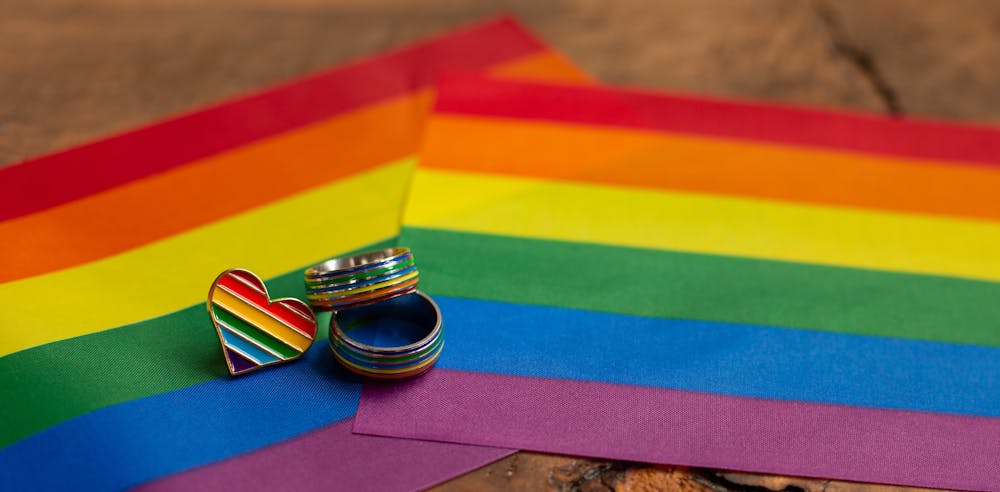On August 11th 1992 the first widely known protest for gay rights was held outside the police headquarters in New Delhi. The protest was triggered because of policemen who were arbitrarily picking up men from Connaught Place on suspicion of homosexual activity. At the time, Article 377 of the Indian Penal Code, a law from British rule in 1860, was still in effect. The law deemed homosexuality a criminal offence.
In retaliation a group of activists from the AIDS Bhedbhav Virodhi Andolan (ABVA) blocked off the entrance to the headquarters. In 1994, the AIDS ABVA filed a public interest litigation questioning the constitutionality of Article 377. It is with this step that the protest for gay rights was solidified.
In 1999, the first gay parade was held in Kolkata. It was named Calcutta Rainbow Pride and had 15 attendees. It is only many years later, in 2009, that the Court took a step towards legalising homosexuality in the Naz Foundation v. Govt. of NCT of Delhi. In the case, the Delhi High Court ruled that criminalising sexual relations between two people of the same sex is against the fundamental rights enshrined in the constitution. This judgement was passed, only to be overturned in 2013 when the Delhi High Court reinstated Article 377.
The biggest step towards gay rights was a landmark judgement in 2018 in the Navtej Singh Johar v. Union of India case. In it, the Supreme Court decriminalised sexual relations between people of the same sex ruling that homosexuals deserve a life of dignity and privacy. This judgement, however, did not affect the status of same sex marriage, which is still not recognised by law.

